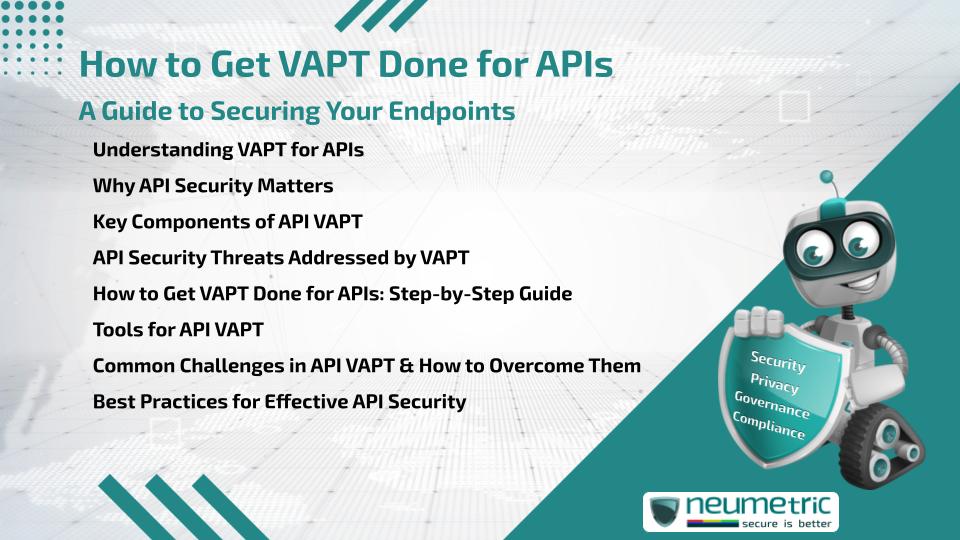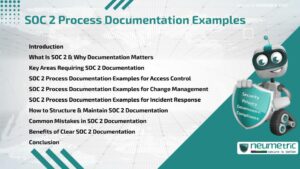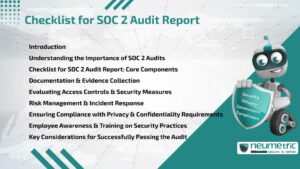Table of Contents
ToggleUnderstanding VAPT for APIs
With the increasing reliance on Application Programming Interfaces [APIs], Cybersecurity threats have evolved to target Vulnerabilities in these endpoints. Vulnerability Assessment & Penetration Testing [VAPT] is a crucial process that helps Identify & Mitigate security weaknesses in APIs before Attackers exploit them. This Guide explains how to get VAPT done for APIs, ensuring Robust Security for your applications.
Why API Security Matters
APIs facilitate Communication between different SoftwareComponents, making them critical to modern Applications. However, poor Security practices can lead to:
- Data breaches
- Unauthorized access
- Business disruptions
- Compliance violations
By understanding how to get VAPT done for APIs, organizations can protect sensitive data & maintain system integrity.
Key Components of API VAPT
1. Vulnerability Assessment vs. Penetration Testing
| Aspect | Vulnerability Assessment | Penetration Testing |
| Objective | Identify known vulnerabilities | Simulate real-world attacks |
| Approach | Automated scanning | Manual exploitation |
| Outcome | Risk classification | Security resilience validation |
| Frequency | Regular intervals | Periodic or as needed |
A complete API Security strategy requires both techniques to cover all possible risks.
2. API Security Threats Addressed by VAPT
Some of the most common Security threats for APIs include:
- Broken Object Level Authorization [BOLA] – Attackers access Unauthorized resources.
- Insecure Data Exposure – Sensitive data is not adequately protected.
- Security Misconfigurations – Weak Authentication or missing encryption.
- Injection Attacks – Malicious inputs compromise databases & systems.
- Rate Limiting Issues – Excessive API calls leading to Denial-of-Service [DoS] attacks.
VAPT helps identify & mitigate these threats effectively.
How to Get VAPT Done for APIs: Step-by-Step Guide
Step 1: Define Scope & Objectives
Clearly define the APIs to be tested, including Endpoints, Data Sensitivity& expected behavior.
Step 2: Choose the Right VAPT Approach
Decide between Black-Box (unauthorized tester), Gray-Box (partial knowledge), or White-Box (full access) testing.
Step 3: Use Automated Scanners
Tools like OWASP ZAP, Burp Suite & Postman can help detect Common Vulnerabilities efficiently.
Step 4: Perform Manual Testing
Security experts attempt to exploit Potential Weaknesses that automated tools may miss.
Step 5: Analyze & Prioritize Findings
Categorize Vulnerabilities based on severity & potential impact.
Step 6: Implement Fixes & Retest
After addressing issues, conduct retesting to ensure Security measures are effective.
Step 7: Maintain Continuous Monitoring
Regular VAPT cycles help organizations stay ahead of evolving threats.
Tools for API VAPT
Popular Open-Source Tools
- OWASP ZAP – Ideal for Automated Vulnerability scanning.
- Postman – Useful for API endpoint testing.
- SQLmap – Detects SQL Injection vulnerabilities.
Enterprise-Level Tools
- Burp Suite Professional – Advanced penetration testing features.
- Nessus – Comprehensive vulnerability assessment.
- Acunetix – Automated security testing for APIs & Web Applications.
Each tool serves a specific purpose & selecting the right combination enhances API security.
Common Challenges in API VAPT & How to Overcome Them
1. Handling Authentication Mechanisms
Challenge: APIs often use OAuth, JWT, or API keys for authentication, complicating testing.
Solution: Obtain necessary credentials & use tools that support various authentication methods.
2. Rate Limiting Restrictions
Challenge: Security systems may block excessive API requests during testing.
Solution: Coordinate with administrators to whitelist testers temporarily.
3. False Positives from Automated Scans
Challenge: Automated tools may flag issues that aren’t real threats.
Solution: Validate findings with manual testing before implementing fixes.
Best Practices for Effective API Security
- Use Secure Authentication – Enforce OAuth 2.0 & multi-factor authentication.
- Encrypt Sensitive Data – Implement TLS encryption for data in transit.
- Implement Rate Limiting – Prevent brute-force & DoS attacks.
- Regularly Update API Security Policies – Stay aligned with evolving threat landscapes.
- Perform Frequent VAPT Assessments – Schedule periodic security evaluations.
Following these practices, alongside how to get VAPT done for APIs, helps minimize risks.
Takeaways
- VAPT is essential to securing APIs against modern threats.
- A combination of automated scanning & manual testing provides the best results.
- Regular assessments & proactive security practices strengthen API defenses.
How often should API VAPT be performed?
API VAPT should be conducted at least quarterly or after any major update.
Can API VAPT disrupt normal operations?
When planned properly, API VAPT does not impact production environments. Testing should be done in a controlled setting.
What is the difference between API security testing & VAPT?
API security testing checks for Vulnerabilities, while VAPT simulates attacks to exploit them & test resilience.
Which tools are best for API VAPT?
OWASP ZAP, Burp Suite& Nessus are widely used for effective API VAPT.
Is API VAPT required for compliance?
Yes, regulations like GDPR & PCI DSS mandate regular Security Assessments, including API VAPT.
Should VAPT be done in-house or outsourced?
Both options work, but outsourcing ensures expert evaluation with advanced techniques.
How does API rate limiting impact VAPT?
Rate limiting can block testers, so it’s important to coordinate with Security teams before testing.





